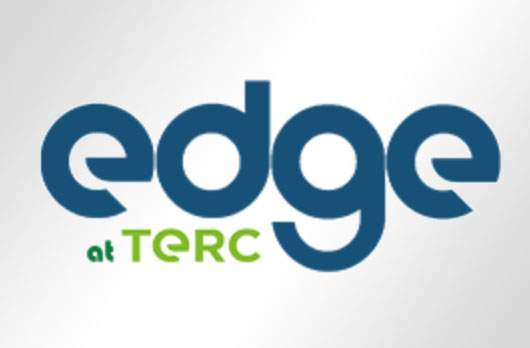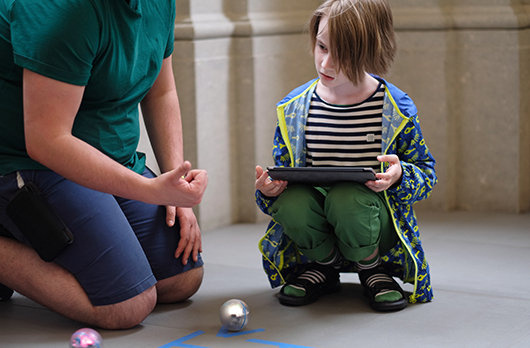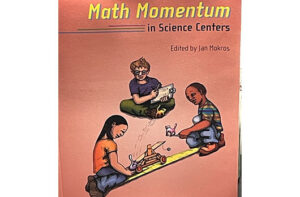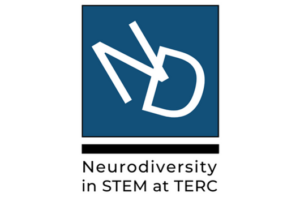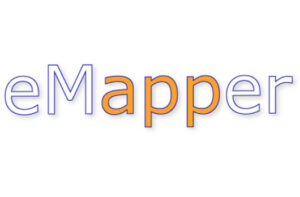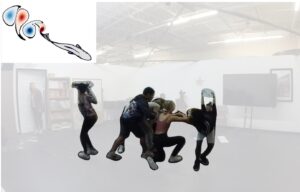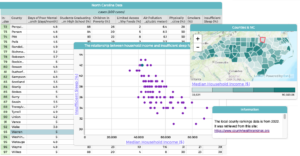Including Neurodiversity in Computational Thinking
Jodi Asbell-Clarke, et al.
Asbell-Clarke J, Dahlstrom-Hakki I, Voiklis J, Attaway B, Barchas-Lichtenstein J, Edwards T, Bardar E, Robillard T, Paulson K, Grover S, Israel M, Ke F and Weintrop D (2024) Including neurodiversity in computational thinking. Front. Educ. 9:1358492. doi: 10.3389/feduc.2024.1358492
Summary
The foundational practices of Computational Thinking (CT) present an interesting overlap with neurodiversity, specifically with differences in executive function (EF). An analysis of CT teaching and learning materials designed for differentiation and support of EF show promise to reveal problem-solving strengths of neurodivergent learners.
To examine this potential, studies were conducted using a computer-supported, inclusive, and highly interactive learning program named INFACT that was designed with the hypothesis that all students, including neurodivergent learners, will excel in problem solving when it is structured through a variety of CT activities (including games, puzzles, robotics, coding, and physical activities) and supported with EF scaffolds. The INFACT materials were used in 12 treatment classrooms in grades 3–5 for at least 10 h of implementation. Pre-post assessments of CT were administered to treatment classes as well as 12 comparison classes that used 10 h of other CT teaching and learning materials. EF screeners were also used with all classes to disaggregate student results by quartile of EF.
Students using INFACT materials showed a significant improvement in CT learning as compared to comparison classes. Students with EF scores in the lower third of the sample showed the greatest improvement.
This study shows promising evidence that differentiated activities with EF scaffolds situated across several contexts (e.g., games, puzzles, physical activities, robotics, coding) promote effective CT learning in grades 3–5.

Related People:
Jodi Asbell-Clarke, Ibrahim Dahlstrom-Hakki, Teon Edwards, Erin Bardar, Tara Robillard, and Kelly Paulson

